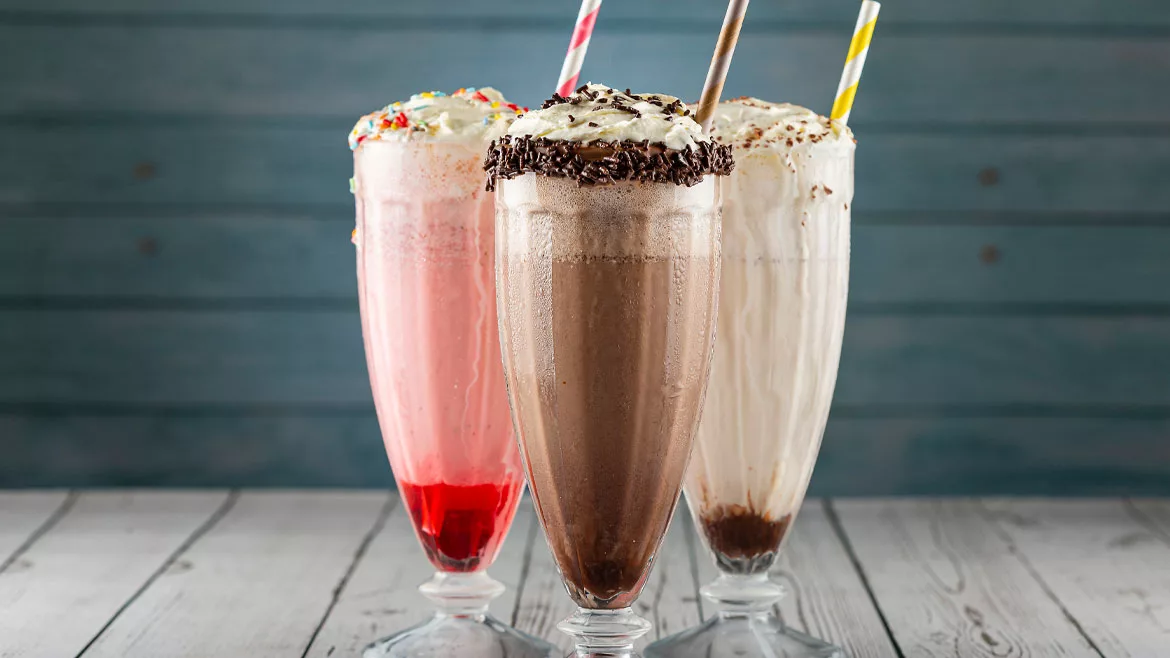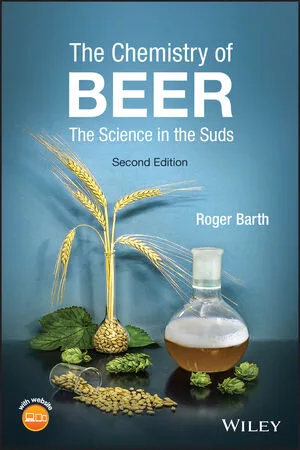Operations Perspective
Variable challenges will impact the future of line speeds
Container sizes, materials key elements that determine packaging line speeds
Beverage producers in most markets are focused on manufacturing quality packages, utilizing the least amount of time and obtaining maximum production. That focus raises the inevitable question: at what speed(s) can or should packaging lines be designed, installed and operated? The type and number of variables involved in the line nomenclature will dictate line speeds, and can become complex and difficult to integrate into an efficient, effective mass production of machinery because changes will always occur.
In most approaches, original equipment manufacturers (OEMs) of beverage machinery use the filler size and speed as the key elements around which the rest of the functional support equipment are designed and manufactured. Specifics on filler speeds can change in a moment, so it is important to review the variables to exemplify why the line speeds are so important, and even critical, to beverage operations.
The following are variable challenges:
- Containers are constantly changing in shape and size, material type, logo method and closure technology, which can require different speeds.
- Products have characteristics that could impact the speed used to fill the containers and ensure acceptable fill heights.
- Packaging configurations such as wraps, baskets, shrink film, plastic handles and other methods will determine speed levels to accommodate imposed requirements.
- Casing units such as trays, plastic or wooden shells and unitized packs will dictate palletizing speeds for movement to storage.
From an operations perspective, these variables affecting speed also will impact the number and type of personnel required to operate and/or attend the packaging line in a safe manner. Although multitasking has been used under some operating conditions, line speeds usually will dictate the staffing.
Beverage fillers traditionally have determined line speeds, but how fast can or should fillers operate under specific conditions? Why is this important? And, who will be the innovator of the fastest ever filler?
From an engineering viewpoint, additional physical conditions need to be considered, such as space requirements for material input/output, accessibility for maintenance and speed-related safety features. These real-time conditions contribute to the filler’s physical size and operating input/output cycle.
Can lines at 1,000 containers per minute (cpm) and bottle lines at 850 bottles per minute (bpm) now are speeds of the past. The constant changes to all of the variables have transitioned to line speeds beyond these longtime standards. Whether its 72- to 100-valve can fillers or 60- to 90-valve bottle fillers, these line speeds are simply phases until the next designs are reality.
The desire to operate a large-capacity/capability, high-speed packaging line might never be removed from producer’s lists; however, the laws of physics and chemistry probably will dictate the ultimate speed from a practical, safety and economical standpoint. The future filler still might be rotary, yet, the technology for liquid input and container filling has changed and will keep moving forward. However, diverse containers of all sizes and shapes always will challenge the design capability, so it’s important to recognize that the machine size always will have limitations.
Looking for a reprint of this article?
From high-res PDFs to custom plaques, order your copy today!





